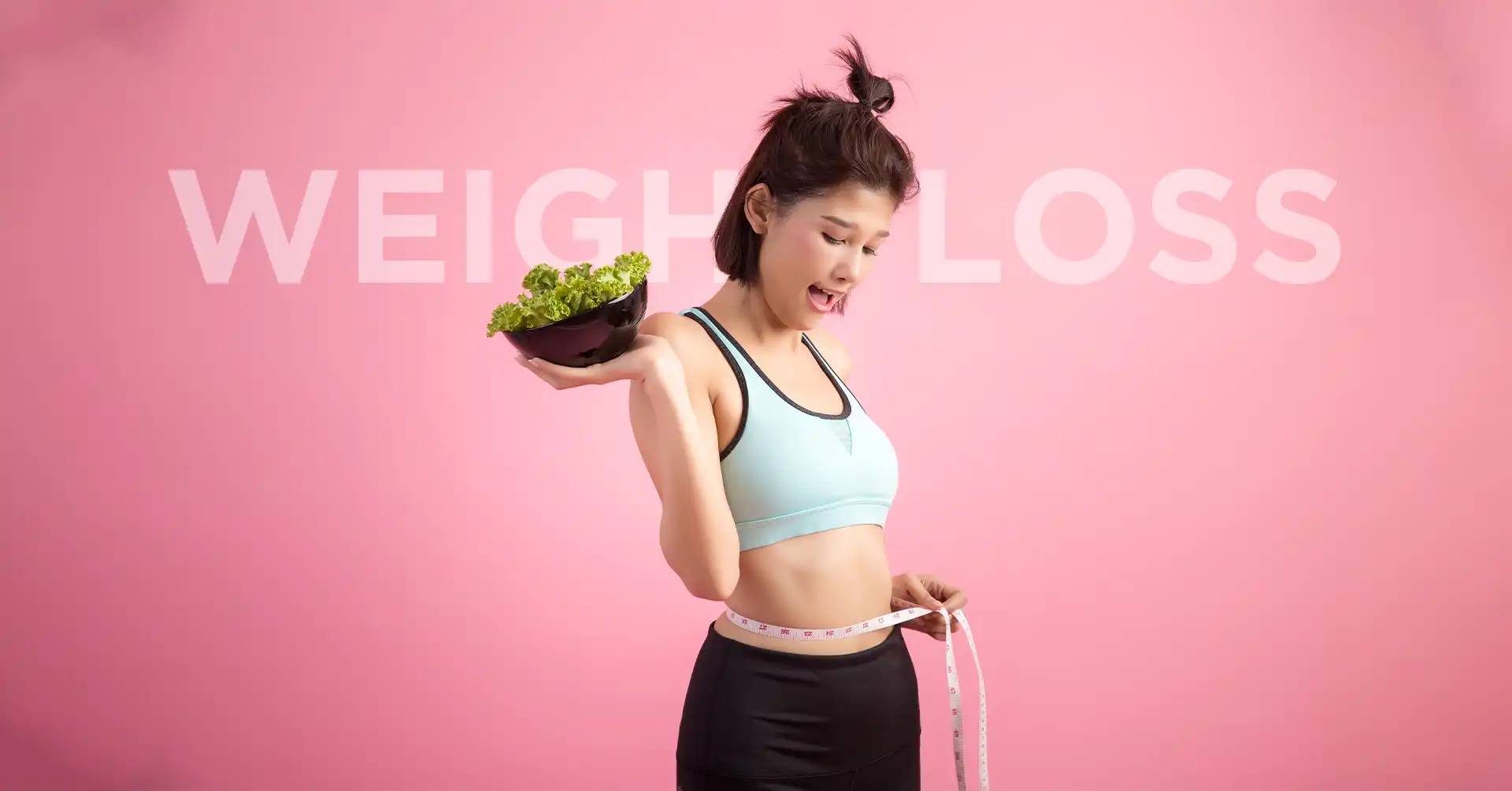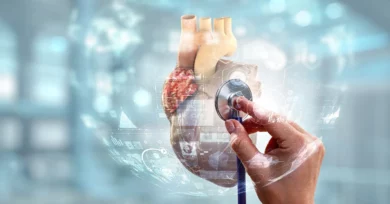The CICO Diet for Weight Loss revolves around a simple yet powerful principle: Caloric Balance. But what exactly is the CICO Diet, and why is understanding caloric balance crucial for effective weight loss?
Definition of CICO Diet
In its essence, the CICO Diet stands for “Calories In, Calories Out.” It’s a fundamental concept in weight management. The idea is straightforward: you need to burn more calories than you consume to lose weight. By carefully monitoring the number of calories you eat and ensuring you burn more through physical activity, you create a caloric deficit. This deficit prompts your body to use stored fat as energy, leading to weight loss. The CICO Diet is not about specific foods but centers on the basic math of calories.
Importance of Caloric Balance in Weight Loss
Understanding caloric balance is the cornerstone of successful weight loss. When you consume more calories than your body needs, the excess is stored as fat, leading to weight gain. Conversely, when you consume fewer calories than your body requires, you start tapping into those fat stores, resulting in weight loss. By comprehending the importance of balancing the calories you eat with the calories you burn, you gain control over your weight. This knowledge empowers you to make informed choices about your diet and exercise, ensuring a sustainable and healthy approach to weight loss.
Understanding CICO Diet
Calories In vs. Calories Out: The Basic Principle
At the heart of the CICO Diet for Weight Loss lies a fundamental concept: the balance between the calories you consume (Calories In) and the calories you burn (Calories Out). Simply put, for effective weight management, you need to maintain a balance between the energy you take in through food and beverages and the energy your body uses in daily activities and exercise. If you consume more calories than your body needs, the excess is stored as fat, leading to weight gain.
Conversely, if you burn more calories than you consume, your body taps into its fat reserves, resulting in weight loss. This balance is the cornerstone of the CICO diet and forms the basis of its approach to achieving weight loss goals.
How CICO Differs from Other Diets
Unlike many trendy diets that focus on specific food groups or restrict certain nutrients, the CICO Diet stands out for its simplicity and flexibility. While other diets might limit your carbohydrate intake or emphasize high-protein foods, CICO doesn’t impose such restrictions.
Instead, it empowers you to make mindful choices within your daily caloric limit. This approach provides the freedom to eat a variety of foods while still ensuring weight loss, making it a sustainable and adaptable option for many individuals.
By concentrating on the overall calorie balance, the CICO Diet for Weight Loss puts the control back in your hands, allowing you to tailor your meals to your preferences and lifestyle.
Scientific Basis of CICO
The scientific foundation of the CICO Diet rests on the principle of thermodynamics, specifically the first law of thermodynamics. This law states that energy cannot be created or destroyed; it can only be transferred or converted from one form to another.
In the context of weight loss, this means that the energy you consume through food (calories in) must be equal to the energy your body expends (calories out) for weight to remain stable.
When there is a caloric imbalance – either a surplus or a deficit – your body adjusts by storing excess energy as fat or utilizing stored fat for energy, leading to weight gain or loss, respectively. By understanding and actively managing this balance, the CICO Diet harnesses the power of basic scientific principles to help individuals achieve their weight loss goals in a healthy and sustainable manner.
Calculating Your Caloric Needs
When embarking on the journey of weight loss through the CICO Diet, it’s essential to understand the basics of how many calories your body needs to function. Here’s a straightforward guide on how to calculate your caloric needs effectively.
Basal Metabolic Rate (BMR) Calculation
Your Basal Metabolic Rate, or BMR, is the number of calories your body requires at rest to maintain basic physiological functions like breathing, circulation, and cell production. It’s the foundation upon which your total caloric needs are built. To calculate your BMR, various formulas exist, such as the Harris-Benedict equation. Plug in your age, height, weight, and gender into these formulas to find your BMR.
Activity Level Factors
Once you’ve determined your BMR, the next step is factoring in your activity level. Your daily activities and exercise contribute significantly to your overall caloric expenditure. Be honest about your level of physical activity. Whether you have a sedentary desk job, engage in moderate exercise a few times a week, or have an active lifestyle, these factors affect the number of calories you burn throughout the day.
Total Daily Energy Expenditure (TDEE) Calculation
Your Total Daily Energy Expenditure (TDEE) is the total number of calories you burn in a day, considering your BMR and activity level. To calculate your TDEE, multiply your BMR by an activity factor corresponding to your daily physical activity level. This will give you a more accurate estimate of the calories you need to maintain your current weight.
In the context of the CICO Diet for Weight Loss, understanding your TDEE is crucial. To lose weight, you’ll need to create a calorie deficit by consuming fewer calories than your TDEE. By keeping track of your caloric intake and ensuring it’s lower than your TDEE, you’ll set the stage for effective and sustainable weight loss.
Increasing Physical Activity: A Vital Component of the CICO Diet for Weight Loss
Importance of Exercise in CICO
Exercise plays a crucial role in the CICO Diet for Weight Loss. When you engage in physical activities, you burn calories, contributing to the “calories out” part of the equation. Regular exercise not only aids in burning excess calories but also boosts your metabolism, making your body more efficient at utilizing energy. This, in turn, helps create a larger calorie deficit, accelerating your weight loss journey.
Types of Exercises for Maximum Caloric Burn
Not all exercises are created equal when it comes to burning calories. Some activities are particularly effective in maximizing caloric burn. Cardiovascular exercises such as jogging, swimming, cycling, and dancing elevate your heart rate, torching a significant amount of calories in the process.
High-intensity interval training (HIIT) is another excellent choice, as it combines short bursts of intense activity with brief periods of rest, maximizing calorie expenditure in a shorter time.
Strength training exercises, including weightlifting and bodyweight exercises like push-ups and squats, are equally important. While they may not burn as many calories during the workout as cardio exercises, they build lean muscle mass.
Muscles require more energy to maintain, meaning that even at rest, your body burns more calories if you have more muscle. Therefore, incorporating strength training into your routine can enhance your overall caloric expenditure.
Incorporating Physical Activity into Daily Routine
Finding time for exercise can be challenging, but incorporating physical activity into your daily routine can make it more manageable. Simple activities like taking the stairs instead of the elevator, walking or cycling to nearby places, or doing household chores vigorously can add up and contribute to your daily caloric expenditure. Additionally, consider scheduling short, intense workouts during your day, such as a quick HIIT session during your lunch break or a brisk walk after dinner.
Creating Balanced, Low-Calorie Meals
One of the fundamental aspects of the CICO Diet for Weight Loss is learning to create meals that are not only delicious but also low in calories. By focusing on nutrient-dense foods, you can stay within your daily caloric limit while ensuring your body receives essential vitamins and minerals.
Tips for Creating Balanced Meals:
- Incorporate Lean Proteins: Include sources of lean proteins like chicken, turkey, tofu, or legumes. Proteins help in building and repairing tissues and can make you feel full for a longer time.
- Load Up on Vegetables: Vegetables are rich in fiber, vitamins, and minerals. They add volume to your meals without adding many calories, making you feel satisfied.
- Choose Whole Grains: Opt for whole grains like brown rice, quinoa, and whole wheat bread. They provide sustained energy and are more nutritious than refined grains.
- Healthy Fats: Include sources of healthy fats such as avocados, nuts, and olive oil in moderation. These fats are essential for various bodily functions.
- Watch Portion Sizes: Be mindful of portion sizes to avoid overeating. Use smaller plates and bowls to trick your mind into feeling full with less food.
Sample Meal Plans for Different Caloric Intakes
Here are some sample meal plans tailored to different caloric needs, demonstrating how you can distribute your calories throughout the day:
For a 1500-calorie Plan:
- Breakfast (300 calories): Whole grain toast with avocado and poached eggs, a serving of mixed berries.
- Lunch (400 calories): Grilled chicken breast with quinoa and steamed vegetables, a small side salad.
- Dinner (500 calories): Baked salmon with roasted sweet potatoes and broccoli, a green salad.
- Snacks (300 calories): Greek yogurt with honey and almonds, carrot sticks with hummus.
For a 2000-Calorie Plan:
- Breakfast (400 calories): Oatmeal with banana slices and, a spoonful of peanut butter, a glass of skim milk.
- Lunch (600 calories): Whole grain wrap with turkey, lettuce, tomatoes, and avocado, a side of fruit salad.
- Dinner (700 calories): Grilled shrimp with brown rice, mixed vegetables stir-fried in sesame oil, and a small dessert like a piece of dark chocolate.
- Snacks (300 calories): Cottage cheese with pineapple and a handful of almonds.
Delicious and Nutritious CICO Recipes
Grilled Veggie Bowl:
- Ingredients: Assorted grilled vegetables (zucchini, bell peppers, mushrooms), quinoa, grilled chicken or tofu, a drizzle of olive oil, and your favorite herbs.
- Instructions: Toss grilled vegetables and proteins over cooked quinoa and season with olive oil and herbs. Serve warm.
Stuffed Bell Peppers:
- Ingredients: Bell peppers, lean ground turkey, brown rice, diced tomatoes, onions, and spices.
- Instructions: Cook ground turkey with onions and spices, mix with cooked brown rice and diced tomatoes. Stuff the mixture into halved and hollowed bell peppers and bake until tender.
Fruit Salad with Yogurt Dressing:
- Ingredients: Mixed fruits (strawberries, blueberries, mango, kiwi), Greek yogurt, honey, and a splash of lemon juice.
- Instructions: Toss the fruits in a bowl. In a separate bowl, mix Greek yogurt, honey, and lemon juice for the dressing. Drizzle over the fruit salad and gently toss.
Tracking Progress with the CICO Diet for Weight Loss
Tracking your progress is a crucial aspect of your weight loss journey on the CICO Diet. It helps you stay on course, make necessary adjustments, and celebrate your successes, both big and small. Here’s how you can effectively monitor your progress and stay motivated:
Importance of Regular Weigh-Ins and Measurements
Regular weigh-ins and measurements provide tangible data about your progress. Weighing yourself on a scale and measuring key areas of your body, such as your waist, hips, and thighs, give you concrete numbers to track. By doing this consistently, you can observe changes over time. Remember, weight can fluctuate due to various factors like water retention, so it’s essential to focus on trends over weeks rather than daily fluctuations.
Celebrating Non-Scale Victories
Weight loss isn’t just about the numbers on the scale. Non-scale victories are equally important. These victories can include things like fitting into a smaller clothing size, having more energy, or noticing improved endurance during physical activities. Celebrate these achievements as they indicate your overall health improvement and progress toward your goals. Acknowledging these non-scale victories boosts your confidence and keeps you motivated.
Adjusting CICO Plan Based on Progress
As you track your progress, you might notice patterns in your weight loss journey. If you’re consistently losing weight, you may continue with your current calorie deficit. However, if your progress slows down or stalls, it’s time to make adjustments. You might need to reevaluate your caloric intake and expenditure. Perhaps you’ve lost weight, and your body requires fewer calories now. Alternatively, you might need to increase your physical activity level to maintain the same rate of weight loss. Stay flexible and be willing to modify your CICO plan based on your body’s response.
Conclusion
CICO Diet for Weight Loss offers a straightforward and practical approach to achieving your fitness goals. By understanding the balance between calorie intake and expenditure, tracking your progress, and staying mindful of your body’s needs, you can make sustainable changes. Remember, consistency is key. With determination and the right mindset, you can successfully reach and maintain a healthier weight, leading to improved overall well-being and confidence. Embrace the journey, stay committed, and celebrate every milestone along the way.
Read More:






